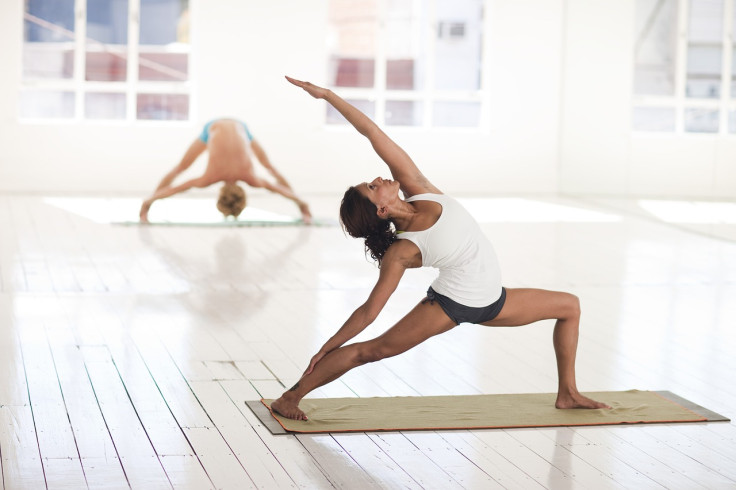Yoga for insomnia: How breathing, practicing mindfulness can help achieve restful sleep
Doing the right yoga poses can help bring an inward calm to the nervous system and could teach you to relax.
In today's busy world, stressors are everywhere. Dealing with social restrictions, lockdowns, the virus, and online learning can pile up during the day and leave you enduring sleepless nights. Luckily, there is still something that you can do to fight insomnia. One of the best ways is by practicing yoga exercises.
Research has proven that one could help treat insomnia through yoga. The evidence suggests that yoga is effective in reducing arousal, helps in relaxation, as well as meditation. This combination leads to positive results when it comes to sleep. It did not only help insomnia, which is defined by the American Academy of Sleep Medicine as a persistent difficulty with sleep initiation or duration but also improved total sleep time and efficiency.
Doing the right yoga pose can help bring an inward calm to the nervous system and could teach a person to relax. Weekly regular yoga routines can help people deal with insomnia better. A regular weekly yoga routine that includes mindfulness and breathwork can help in improving sleep. Breathing in and out through the nose effectively calms the nervous system. One technique used by many yoga practitioners is having the mindset of filling up the body with air.
One of the most popular poses is the mountain pose. This yoga pose helps you to connect to the Earth, allowing you to align your spine and to ease the body into the beginning of yoga practice.
Another popular pose is the forward fold clasping opposite elbows pose. This also has a calming effect on the body's nervous system. At this point, the body is at an inward-focused position. By holding on to the opposite elbows, it also provides traction for the neck and shoulders, relieving the tension in the upper body.
The triangle pose is also popular since this opens the groin and inner thighs, especially after a busy day at work. It opens up the waist and lower back as well. Tightness in these areas can lead to pain that could cause sleep disturbances at night.
There are also other yoga poses that could contribute to a restful sleep. These are crescent lunge, wide-leg forward fold, and standing pigeon pose. By consistently doing these exercises, you might be able to find the solution to your sleepless nights.
© Copyright IBTimes 2025. All rights reserved.






















